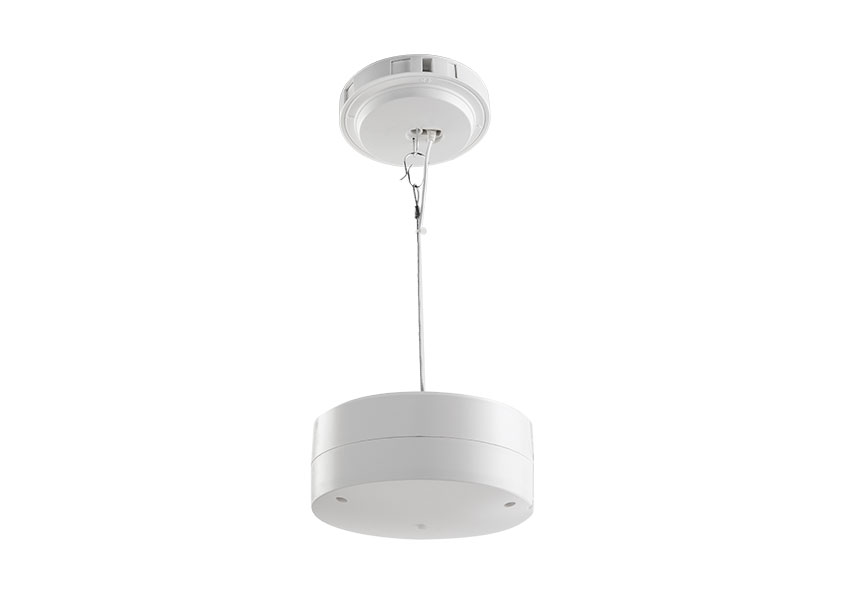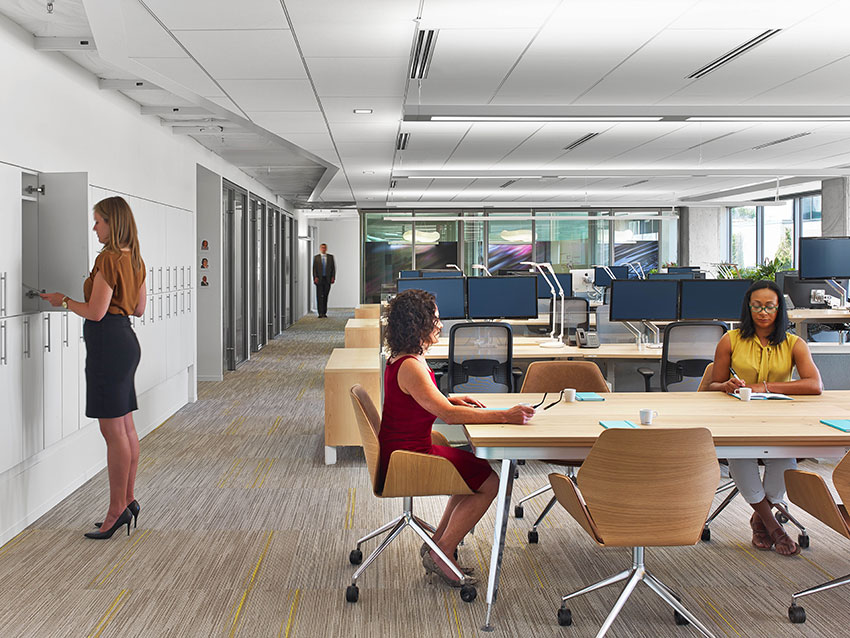Rethinking Acoustics
Standardizing Sound Masking
The importance of managing background sound levels using sound masking technology is now recognized in many standards, guidelines, and building codes, including:
- Standards Australia/New Zealand (AS/NZS) 2107:2016, Acoustics, Recommended design sound levels and reverberation times for building interiors;
- Canadian Standards Association (CSA) Z412-17, Office Ergonomics – an application standard for workplace ergonomics;
- Facilities Guidelines Institute (FGI) documents such as Sound & Vibration (2010), FGI Guidelines for Design and Construction of Hospitals (2018), and FGI Guidelines for Design and Construction of Outpatient Facilities (2018);
- General Services Administration’s (GSA’s) PBS-P100, Facilities Standards for the Public Buildings Service (2017);
- Green Building Initiative’s (GBI’s) Green Globes for New Construction 2019;
- The U.S. Green Building Council’s (USGBC’s) Leadership in Energy and Environmental Design (LEED) v4.1 Building Design & Construction (BD+C) and Interior Design & Construction (ID+C);
- International WELL Building Institute’s (IWBI’s) 2014 WELL v1 and 2018 WELL v2;
- ASTM 1374-18e1, Standard Guide for Office Acoustics and Applicable ASTM Standards;
- The American National Standards Institute/Acoustical Society of America (ANSI/ASA) S12.70-2016, Criteria for Evaluating Speech Privacy in Healthcare Facilities; and
- The International Organization for Standardization (ISO) 3382-3, Acoustics – Measurement of room acoustic parameters – Part 3: open plan offices and ISO 22955, Acoustics – Acoustic quality of open office spaces.
However, many have yet to capitalize on the ways in which masking systems can be used as a tool in architectural design. For that reason, the strategies employed by two of these documents are worth further discussion.

Photo courtesy of Jon Evans Photography
A sound masking system uses a series of loudspeakers installed in a grid-like pattern in an open ceiling or above the ceiling treatment in order to control the level and properties of background sound within commercial spaces.
Ensuring Minimum Background Sound Level
In closed rooms, speech privacy depends on the background sound at the listener’s position being higher than the residual voice level penetrating the wall. This point is highlighted in ASTM E2638, Standard Test Method for Objective Measurement of the Speech Privacy Provided by a Closed Room. Background noise is presumed to be due to building systems (i.e., HVAC) and is, therefore, highly variable. In the absence of continuous masking sound, the measurement—and, hence, any conclusion based on it—is valid only at the time it is done.2
To promote a more well-rounded design approach, AS/NZS 2107:2016 specifies criteria acknowledging several benefits of minimum background sound levels, including the “insurance policy” it provides against loss of acoustic isolation and speech privacy. The document introduces guidance with regard to adequate level and spectrum for the built environment. While this standard specifically excludes setting performance guidelines for masking sound, it promotes sound masking systems as a possible solution building professionals may consider to ensure acoustical privacy and satisfaction.

Photo courtesy of American Society of Interior Designers (ASID)
Providing the background sound level and spectrum within a space are precisely controlled, occupants perceive the space to be quiet.










